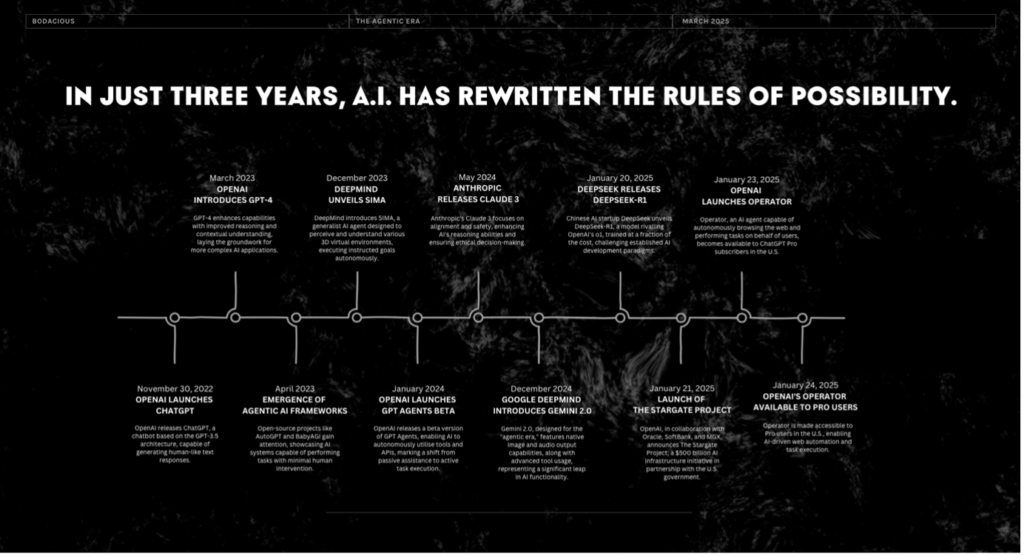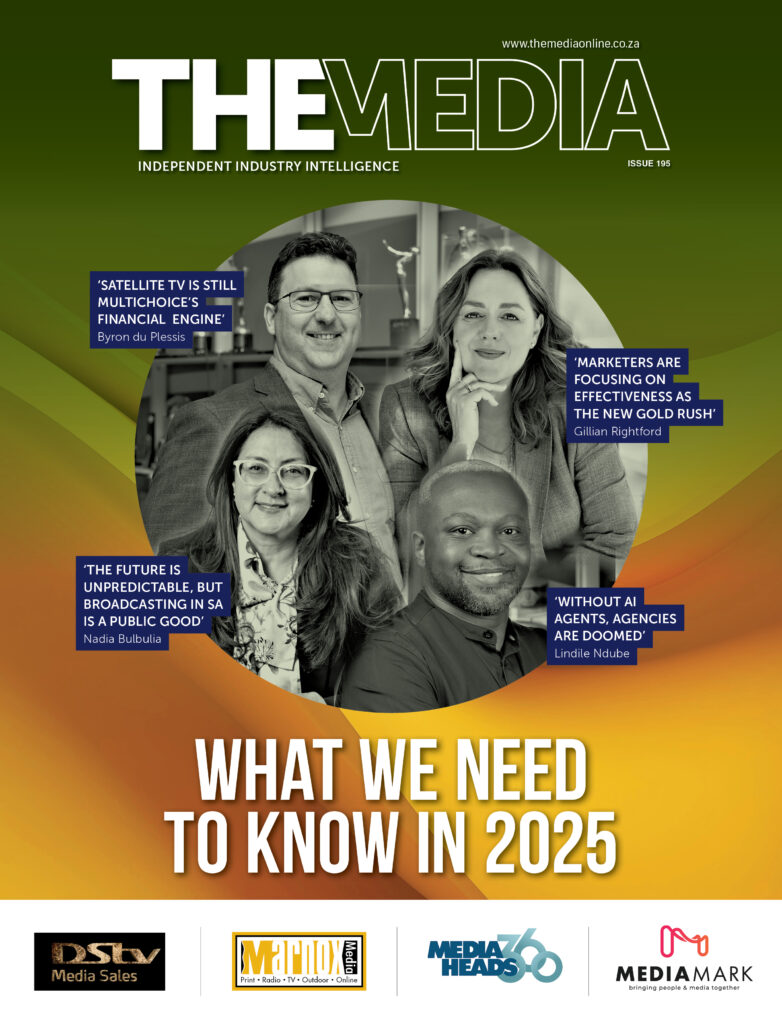Trust is a word bandied about our industry – some even say it’s advertising’s currency – and right now, it’s in short supply.
Whether it’s consumers wary of AI-generated content and algorithms; marketers grappling with the murky waters of digital ad fraud, green-washing, shrinkflation, or agency-client relationships strained under the pressure to deliver more with less – trust is being tested across every touchpoint.
As the executive director of the Association for Communication & Advertising (ACA), I witness these challenges from multiple angles. Our role as the official representative body of South Africa’s advertising and communications profession gives us a unique vantage point: we see the regulatory challenges, the business hurdles, the multiple stakeholders, the innovation-driven opportunities, and the human relationships at the heart of it all.
Through my work as a consultant working between marketing and agencies, helping them work better to make better work, because it works better, I’ve seen first-hand how fragile trust can be – and also how transformative it becomes when properly nurtured.
Research conducted by the IPA and Aprais in the UK showed the impact of a good relationship to be a 37% differential in the quality of creative output and 21% in media. A more recent study with WARC showed that award-winning clients and agencies had higher scores across all behaviours – and trust emerged as remarkably important.
This correlates with data from Aprais showing trust is consistently the highest-scoring behaviour among the best agencies and clients.

Let’s look at where the trust battles are being waged.
-
Trust in the age of AI: From fear to function
A year ago, the industry was still flirting with AI’s potential. In 2025, the relationship is getting serious. We’ve seen the progression from Generative AI to Agentic AI, and everything in between. As Zoe Scaman says: “In three years, AI has rewritten the rules of possibility: from Oracle to Orator, From Commands to Collaboration.

From creative ideation to media buying, AI is no longer an experiment; it’s a business imperative – one that is actively, widely used across the entire eco-system. But while AI promises efficiency, it also raises profound questions about authenticity.
Consumers are already sceptical. Deepfake scandals and algorithm-driven misinformation have made the public wary of what they see and hear. For brands, this means that authenticity cannot be a buzzword – it has to be a lived experience.
Transparency about how AI is used in content creation will be crucial. Brands that disclose AI involvement upfront and balance it with human creativity will be better positioned to earn and keep consumer trust.
Within agencies, AI is transforming workflows – but it’s also surfacing anxieties. There are legal and ethical concerns. Also, agencies are asking: are we enhancing creativity – or automating it out of existence?
The most forward-thinking agencies are using AI to supercharge, not replace, human ingenuity – automating the mundane so their best minds can focus on insight, empathy, and originality.
This is the win-win: where agencies are remunerated and rewarded for high value, low volume work, and the high volume, low value work is automated.
But trust between leadership and creative teams will hinge on how openly these changes are communicated and how fairly value is distributed. Also, at some point, we have to really evaluate the effectiveness of the digital firehose. Could we do less, and do it better?
-
Agency-client relationships: Rugby, not relay
A consistent theme in my consulting work is the breakdown of trust between agencies and clients. In an era where marketing budgets are under scrutiny, the tension between delivering results and managing costs has never been greater. Yet the most effective relationships understand one fundamental truth: it’s rugby, not relay.
Unlike a relay race – where the baton is passed in a linear fashion – successful agency-client dynamics are a continuous back-and-forth exchange. Collaboration isn’t a handoff; it’s a scrum, and a kick forward to gain advantage. This means aligning on strategic objectives, fostering open communication, and ensuring mutual accountability throughout the entire process.
The erosion of trust often starts when agencies are treated as vendors, not strategic partners. When procurement decisions prioritise cost-cutting over creativity, both parties lose. When processes and the lack of skills in core areas of the creative process get in the way of creative value creation, the strategic and creative value the client is able to extract from the agency diminishes. And diminished output gets diminished returns in the marketplace. You pay the same, but the output is worth less.
In 2025, the most resilient agency-client partnerships will be those that co-create value. Agencies must become indispensable by proving their strategic worth beyond campaign execution. Clients, in turn, must view their agencies not as line items on a balance sheet but as extensions of their business ambitions. To do this, they must see themselves as part of the creative team, not on the other side.
-
The CMO-C-suite divide: Bridging the trust gap
Nowhere is the battle for trust more visible than between CMOs and the rest of the C-suite. Marketing’s value is still too often measured in short-term deliverables rather than long-term brand equity. And as AI transforms data capabilities, the pressure on CMOs to quantify their impact is intensifying.
The trust gap between marketing leaders and their executive peers is fundamentally a language problem. Finance talks in margins, operations talks in efficiencies – but too often, marketing talks in impressions, reach, brand love, salience, the long and the short. To bridge this divide, CMOs must become bilingual – fluent in both the language of creativity and the hard metrics of business performance.
In South Africa, I see leading CMOs shifting how they tell their story internally. They’re focusing on “effectiveness as the new gold rush,” framing marketing not as a cost centre – but as a growth engine.
This requires a disciplined approach to measurement, clear articulation of marketing’s role in delivering business outcomes, and a willingness to engage in tough conversations about trade-offs.
Trust is built when marketing can consistently demonstrate both creative bravery and commercial acumen.
But CEO’s and CFO’s also need to enter the chat.
A trend I see playing out in some the of the better and bigger companies is that the pressure to produce better quality creative because it works better is finally coming from CEO’s, because they realise they get more bang for their buck, placing pressure on the marketing teams to up their game.
However, the latest Marketing Week careers survey revealed just how under pressure and under-supported marketers are, with 58% of the more than 3,500 marketers surveyed stating they felt overwhelmed, 56.1% undervalued and 50.8% are emotionally exhausted.
Marketing, and the output from agencies, drives revenue and value creation. Something has to change.
-
The media trust crisis: Fighting back against digital ad fraud
The media landscape faces an even deeper trust crisis. With AI threatening to upend how news is produced and consumed, 2025 could be a tipping point for media credibility. The Reuters Institute’s annual report warns of growing concerns around AI-generated content and the battle to protect intellectual property from tech platforms eager to scrape and monetise it.
In the advertising ecosystem, digital ad fraud remains an open wound. Studies indicate that up to 22% of global online ad spend is lost to fraudulent activity.
This not only wastes marketing budgets; it undermines confidence in the entire digital advertising supply chain. For local brands, this is both a risk and an opportunity.
The opportunity lies in doubling down on quality. Advertisers who invest in verified, premium environments – and demand greater transparency from media partners – will not only protect their spend but also earn consumer trust. It’s time to challenge the obsession with efficiency metrics like CPM (cost per thousand impressions) and prioritise effectiveness instead. After all, bots don’t buy baked beans or insurance policies.
-
Trust and inclusion: Reflecting South Africa’s reality
In South Africa, the battle for trust cannot be separated from the need for transformation. With a majority Black population that was systematically excluded from the economy during apartheid, the advertising and media industry has a responsibility to ensure its leadership and creative output reflect the country’s demographics.
Even after 30 years of democracy, industry leadership struggles to transform at the very senior levels. This disconnect erodes trust – not just with consumers who want to see themselves represented, but also with the next generation of talent who expect workplaces to be inclusive and equitable.
Having said this, transformation, from a race and gender point of view at junior and mid-levels, has made great strides. It’s at the senior level where female creative directors are massively under-represented, and ownership and leadership has yet to transform significantly from a racial perspective.
Building trust means more than meeting compliance targets. It requires a commitment to fostering diverse talent pipelines, amplifying underrepresented voices, and ensuring decision-making power is shared more equitably. The industry’s future hinges on whether it can move beyond surface-level compliance gestures toward genuine, structural inclusion.
Winning the battle for trust
The battle for trust in 2025 is not an abstract one. It’s being fought in every strategy meeting, media plan, and creative pitch. Winning this battle requires a fundamental mindset shift:
- From automation to augmentation: Use AI to amplify human creativity, not replace it. The inputs and evaluation of outputs is still where the magic moves to the next level.
- From vendors to partners: Treat agency relationships as collaborative, long-term partnerships. Bring them into the business. Change the way they are renumerated and ensure your processes, professional practices and skills and the tonality of the relationship are there to enhance and co-create excellence.
- From impressions to impact: Bridge the CMO-C-Suite divide by speaking the language of business. Teach business to speak Marketing too.
- From cheap to credible: Combat media distrust by investing in quality and transparency. Do less. Do it better. Be ruthless about rooting out media waste. Use what you save to boost the way you use the best talent in your agencies.
- From compliance to commitment: Embrace meaningful transformation and reflect the diversity of South Africa.
South Africa’s advertising and media industry has always been resilient – navigating political uncertainty, the need for transformation (still a long way to go), economic volatility, and technological disruption. In 2025, that resilience will be tested again.
We have to look out of our own windows and look to the future. But if we prioritise trust – building it, protecting it, and proving its value – our industry won’t just survive these changes. It will thrive because of them.
Gillian Rightford is the executive director of The Association for Communication and Advertising (ACA).
CLICK ON THE COVER TO READ THE APRIL 2025 ISSUE OF THE MEDIA MAGAZINE















